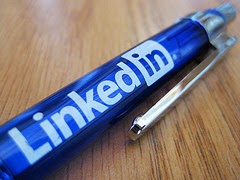The first time that I heard of the concept of “speed reading,” I think that I was in elementary school. Being firmly in the realm of the imaginary at the time, I liked to pretend that I could do it (I also boasted of various super-powers at different times…ah, childhood). I wanted to be the superstar that could blow through the novel that everyone else was sluggishly complaining their way through for class.
In the real world of today, I’m a relatively slow reader. I read a lot in volume, but I still progress through books slowly, at least compared to my friends and to Karen, who devours a 300-page novel in a night. One of the reasons that I progress so slowly through books is that I pause periodically to digest what I’ve read. I like to think about it, reflect on it. For that reason, I tend to only move through a few chapters at a time before putting a book down for the night. I would rather really know a few books than to be loosely acquainted with many. I guess I read like an introvert.
Increasing my quota by hastening my reading time was never really something that held any appeal for me. Whatever the pace with which one read, I reasoned, pausing to engage and think through what you’ve just read is important. That part of the process just simply can’t be rushed.
The idea of speed-reading is useless to me in my “old age.” I think that’s why I cringe when I hear of a popular app like ReadQuick, which is built for the purpose of teaching us to read faster. If history shows us anything, it’s that speed and quality are almost always mutually exclusive. When multi-tasking is a prized activity and there’s always more and more to accomplish on any given day, sacrificing our engagement with the written word is something that could carry very drastic and long-reaching consequences.
Perhaps I should take comfort in the fact that trends tend to be cyclical. Maybe slowing down will one day once again by all the rage.



